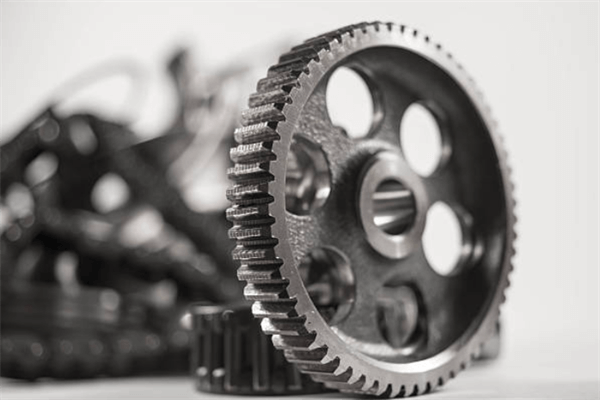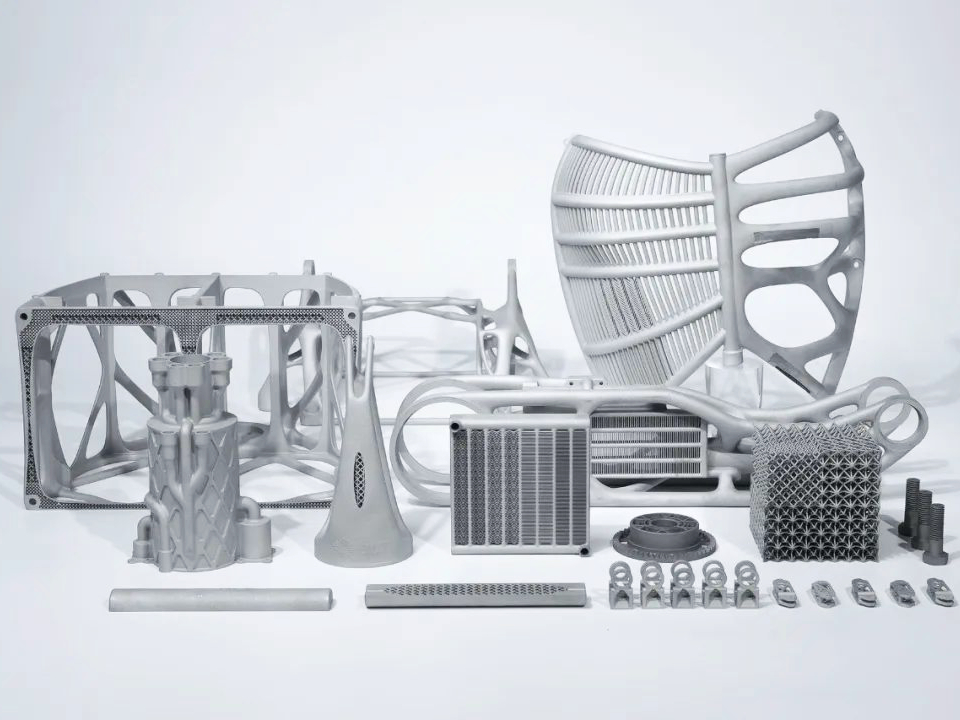Tool Steel H11
H11 3D Printing Materials Introduction
Tool Steel H11 is a high-performance hot work steel that combines high toughness with excellent thermal shock resistance. It is designed for high-temperature applications, such as die casting, forging, and extrusion tooling.
Through H11 3D printing, manufacturers can create intricate tooling geometries that are hard to achieve using traditional methods, offering precision and enhanced performance in challenging environments.
H11 Similar Grades Table
Country/Region | Standard | Grade or Designation | Synonyms |
|---|---|---|---|
USA | ASTM | H11 | AISI H11, DIN 1.2343 |
UNS | Unified | T20811 | - |
ISO | International | 1.2343 | - |
China | GB/T | 5Cr4MoSiV1 | Cr5MoSiV1 |
Germany | DIN/W.Nr. | 1.2343 | - |
H11 Comprehensive Properties Table
Category | Property | Value |
|---|---|---|
Physical Properties | Density | 7.80 g/cm³ |
Melting Point | 1385°C | |
Thermal Conductivity (100°C) | 30.0 W/(m·K) | |
Electrical Resistivity | 70 µΩ·cm | |
Chemical Composition (%) | Carbon (C) | 0.32–0.40 |
Chromium (Cr) | 4.75–5.50 | |
Molybdenum (Mo) | 1.20–1.80 | |
Vanadium (V) | 0.80–1.00 | |
Silicon (Si) | 1.00–1.50 | |
Iron (Fe) | Balance | |
Mechanical Properties | Tensile Strength | 1150 MPa |
Yield Strength (0.2%) | 800 MPa | |
Hardness (HRC) | 50–54 HRC | |
Modulus of Elasticity | 200 GPa |
3D Printing Technology of H11
Tool Steel H11 is commonly processed through Selective Laser Melting (SLM), Direct Metal Laser Sintering (DMLS), and Electron Beam Melting (EBM). These technologies ensure part precision, reduce material waste, and are ideal for manufacturing tooling with enhanced durability and complex geometries that traditional methods cannot achieve.
Applicable Process Table
Technology | Precision | Surface Quality | Mechanical Properties | Application Suitability |
|---|---|---|---|---|
SLM | ±0.05–0.1 mm | Excellent | High Temperature | Molds, Dies, Forging Tools |
DMLS | ±0.05–0.1 mm | Very Good | Excellent | Tooling, High-Precision Molds |
EBM | ±0.1–0.3 mm | Good | High-Temp Resilience | Heavy-Duty Forging and Casting |
H11 3D Printing Process Selection Principles
Selective Laser Melting (SLM): SLM produces high-density, precise tooling parts by using a high-power laser with fine layer resolution (30 µm). It is ideal for molds and parts requiring fine details and complex geometries.
Direct Metal Laser Sintering (DMLS): DMLS uses laser heat to bond metal powder particles, creating solid metal parts with high density. It's suitable for producing intricate geometries with mechanical performance close to that of cast tooling.
Electron Beam Melting (EBM): EBM is ideal for larger parts requiring high thermal stability, as it uses an electron beam in a vacuum to sinter metal powder, producing denser and more resilient parts with minimal residual stress.
H11 3D Printing Key Challenges and Solutions
Residual Stress and Distortion: H11 is prone to thermal-induced stress during printing. Post-processing techniques like stress-relief annealing at 600–650°C for 2 hours minimize stress and prevent distortion, improving dimensional stability.
Surface Roughness: H11's as-printed surface can have a rough finish. Electropolishing can reduce surface roughness to Ra 1.0 µm, ensuring smoother mold surfaces and enhancing tool performance, especially for fine-tuned tooling and mold components.
Porosity and Incomplete Fusion: To minimize porosity, fine powder is used, and preheating of the metal powder bed in the DMLS process allows better bonding between layers, reducing incomplete fusion and improving overall material density.
Corrosion Resistance: Although H11 has moderate corrosion resistance, it can be improved with passivation, which removes free iron from the surface and enhances resistance to oxidation and corrosion in harsh environments.
Typical Post-Processing for H11 3D Printed Parts
Quenching and Tempering: Heat treatment at 1020°C followed by tempering at 550°C improves hardness to HRC 50–54, enhancing toughness and wear resistance for heavy-duty tooling.
CNC Machining: CNC machining ensures tight tolerances of ±0.02 mm, particularly for critical features in tooling components like cavities, cores, and threads, which need precision for proper fit and function.
Electropolishing: Electropolishing reduces surface roughness to Ra 1.0 µm, improving surface quality and reducing friction, which enhances the performance and durability of injection molds.
Passivation: Passivation removes iron from the surface, creating a protective chromium oxide layer that enhances resistance to corrosion and ensures better longevity of parts used in challenging environments.
Industry Application Scenarios and Cases
H11 is widely used in:
Die Casting: Molds and inserts for high-pressure die casting in automotive and aerospace industries.
Forging Tools: Dies and molds for hot working of metals at elevated temperatures.
Plastic Molding: Injection molds and extrusion dies in the plastics industry, providing high strength and thermal resistance. A case study from the automotive industry demonstrated how H11 3D printed molds increased productivity by 40%, reducing cycle times and tool replacement costs.
FAQs
What is the maximum operating temperature for H11 3D printed tools?
How does H11 compare to other hot work tool steels in terms of thermal fatigue resistance?
What are the best post-processing techniques for H11 3D printed parts?
How can H11 3D printing improve the efficiency of mold production?
Is H11 3D printing suitable for high-pressure die casting molds?



